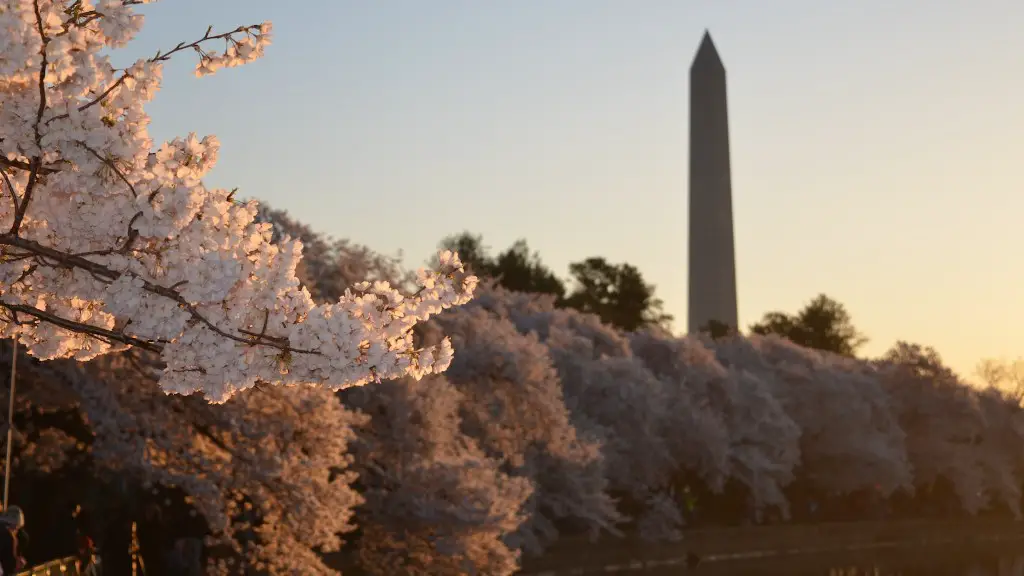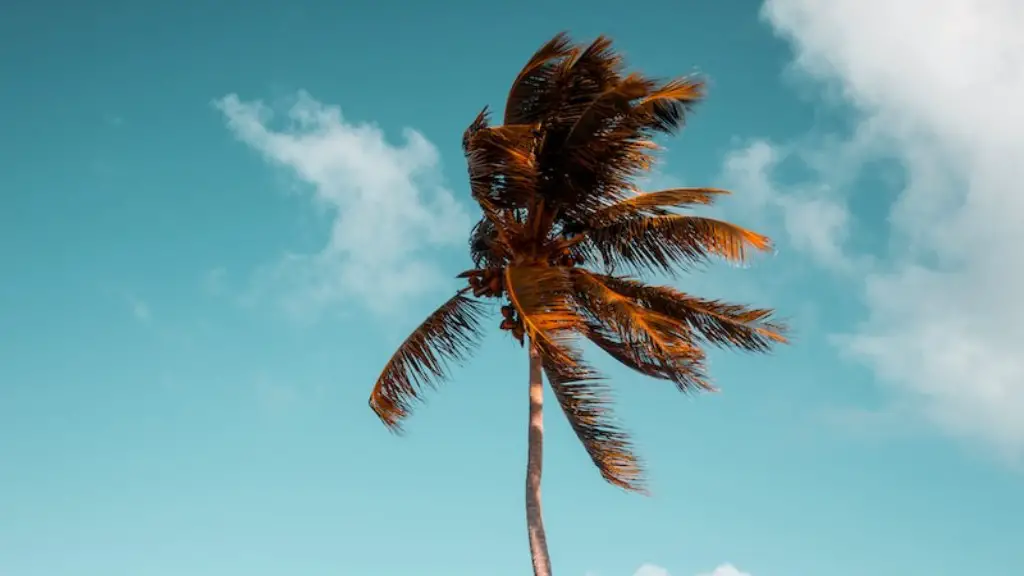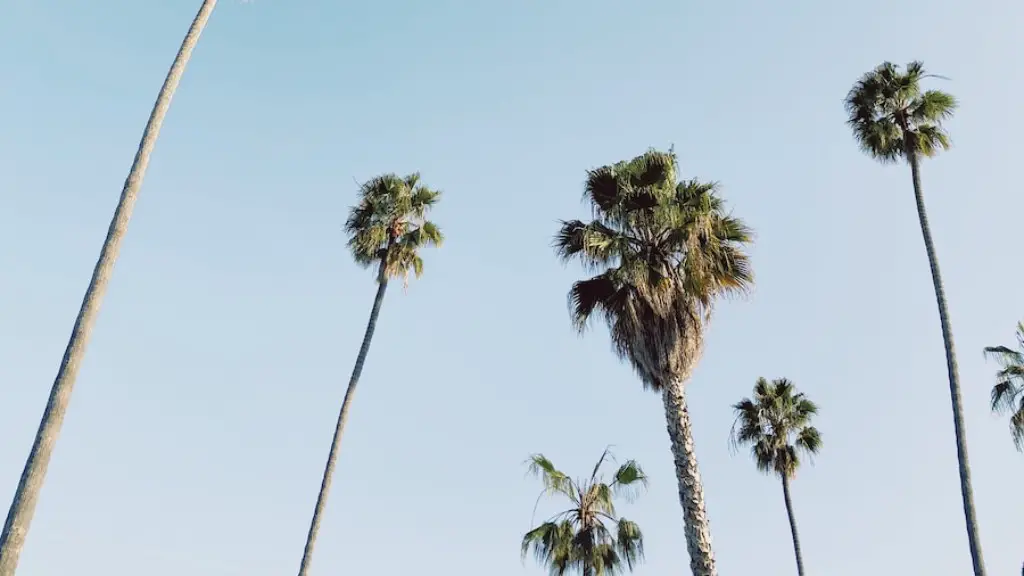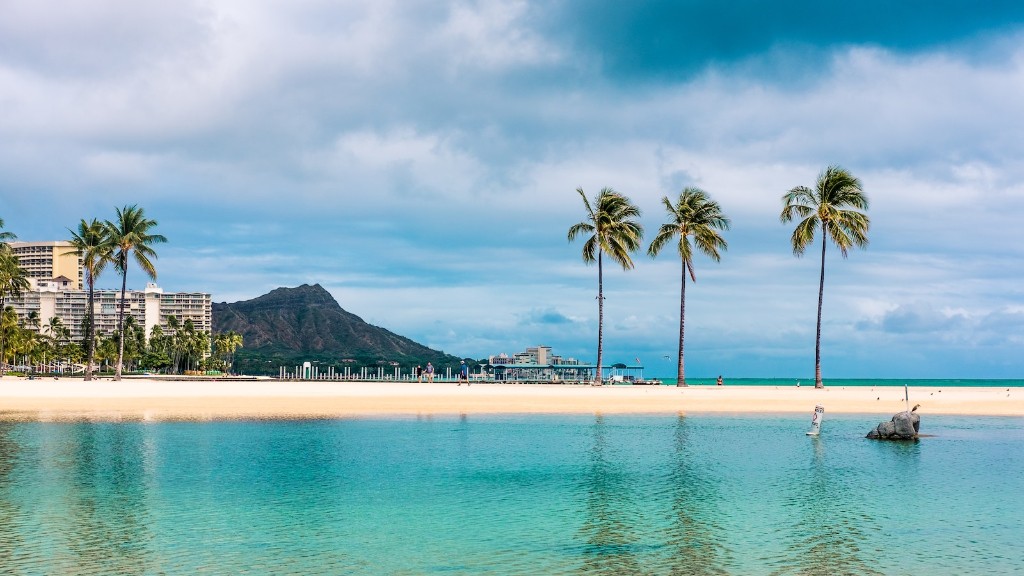When to Prune Cherry Blossom Trees
Cherry blossom trees are a popular choice for landscaping as they add beauty and color to the garden. The sight of the pretty pink and white blooms is sure to attract attention and provide a stunning display of natural beauty. Pruning these trees correctly and at the right time is an important part of ensuring that they remain healthy and attractive for years to come.
Cherry blossom trees require regular pruning in order to keep them looking their best and promote strong, healthy growth. Pruning should be done in late winter or early spring before the trees begin to produce new growth. This helps to prevent them from becoming overcrowded, promote better air circulation and discourage disease.
When pruning cherry blossom trees it is important to take into account the size of the tree and the shape of the canopy. Trees that have grown too tall should be thinned out so that they have an even shape and a good air circulation. Trees with thick and wide canopies should be thinned from the center to reduce crowding and create a more balanced shape. Branches should always be pruned back to the main trunk, never thinned out all the way to the ground.
It is also important to consider the age of the tree before pruning. Young trees should be pruned relatively lightly, as the branches are still thin and tender. It’s important to avoid heavy pruning on young trees as this can lead to stunted growth. Older trees can handle more pruning but should still be handled carefully. Dead, diseased and weak branches should be removed immediately.
In addition to regular pruning, it is also important to fertilize cherry blossom trees regularly. Fertilizer helps to provide the nutrients needed for optimal health and growth. It should be applied in the early spring or late autumn and should be mixed with water. This helps the fertilizer to be absorbed more quickly by the tree.
Regular pruning and fertilization help to keep cherry blossom trees healthy and looking their best. Pruning correctly and at the right time can help to promote strong, healthy growth and even shape. Fertilizing regularly is also essential for optimal health and growth of the tree.
Pruning for Optimal Flowering
Cherry blossom trees are most commonly pruned to promote better flowering. Pruning should be done when the tree is still dormant in early spring, before new buds appear. This helps to encourage flowering and helps to keep the tree looking its best. Pruning should also be done carefully, as over-pruning can lead to damage and reduce the amount of flowers.
It is important to prune in a balanced way, removing small branches and stems which are competing for resources. This helps the tree to focus the energy on the large blooms and produce the best display. Pruning should always start from the top of the tree and work downwards removing any dead or diseased branches. Branches should be removed with a pair of sharp secateurs or loppers and any cut surfaces should be sealed with a tree sealant to prevent infection.
Light pruning in mid-summer can help to encourage more flowers for the next year. Careful pruning can also help to make the tree look more attractive, as removing old and overgrown branches can open up the canopy and let more sunlight in. It is also important to take into account the age of the tree when pruning, as older trees need less pruning than younger ones.
Regular pruning helps to promote healthy growth and flowering. Pruning should be done carefully and at the right time to ensure optimal results. Large pruning projects should be left to a professional arborist to ensure that the tree is not damaged or weakened.
Disease Prevention
Pruning can also help to keep cherry blossom trees healthy and disease-free. Pruning encourages stronger growth and helps to remove dead or diseased branches. This helps to reduce the risk of infection and the spread of disease. Pruning also allows for better air flow and circulation, which helps to reduce the risk of disease and insect infestation.
When pruning, it is important to use clean and sharp tools to avoid damaging the tree and spreading disease. It is also important to disinfect and sharpen the tools after use, as this helps to reduce the spread of bacteria and fungus. When removing diseased branches, it is important to disinfect the pruning tools after each cut and seal the wound to prevent further infection.
It is also important to remove any dead or decaying bark which can be a breeding ground for pests and fungus. Dead branches should be snipped back to the main trunk and any large, discoloured areas of bark should be scraped away and treated with an insect repellent.
Pruning helps to keep cherry blossom trees healthy and can also help to reduce the risk of disease or pest infestation. Pruning should be done regularly and carefully to ensure optimal health and disease prevention.
Tips for Pruning Cherry Blossom Trees
Pruning cherry blossom trees correctly can help to ensure optimal health and flowering. Here are some tips for pruning these trees:
- Always prune in late winter or early spring before the trees begin to produce new buds.
- Take into account the size of the tree and shape of the canopy when pruning.
- Young trees should be pruned relatively lightly, as their branches are still tender.
- Thin out the canopy to create an even shape and better air circulation.
- Branches should always be pruned back to the main trunk, never to the ground.
- Fertilize in spring or autumn to provide the necessary nutrients for optimal health.
- Pruning can help to promote healthy growth and reduce the risk of disease.
- Dead, diseased and weak branches should be removed immediately.
- Use clean and sharp tools and disinfect after each use.
- Seal cut surfaces with a tree sealant to prevent infection.
Alternative Uses for Pruning
Pruning cherry blossom trees is not just about creating a better shape and form, it can also be used to create a more naturalistic look in the garden. Pruning can be used to encourage the formation of structure and create more character for the tree. This can be done by carefully pruning the lower branches and using the opportunity to create a more interesting and sculptural shape.
Pruning can also help to open up the canopy which allows more light and air circulation. This can have a positive effect on the growth and flowering of the tree. It can also help to encourage a fuller and denser growth.
Pruning cherry blossom trees is a great way to create a stunning display with minimal effort. Pruning is an important part of ensuring that the trees continue to look their best and promote healthy growth. Pruning can be used to create interesting shapes and open up the canopy for more light. It is also an essential part of disease prevention.
Establishing a Pruning Schedule
When it comes to pruning cherry blossom trees, it is important to develop a pruning schedule. This helps to ensure that the trees are pruned regularly and correctly. A good way to do this is to keep track of when the blooms appear, as this can help to time the pruning correctly. Trees should be pruned shortly after flowering, as this helps to promote optimal flowering for the following season.
It is also important to establish a pruning routine that helps to remove any dead, diseased or weak branches. This helps to keep the trees looking their best and promote healthy growth. Pruning should also be done carefully and with the tree’s size and shape in mind. Pruning too much can lead to damage, so it’s important to take into account the age of the tree.
Regular pruning helps to create a balanced shape and promote strong healthy growth. It can also help to reduce the risk of disease and encourage a bigger and more impressive flourish of blooms the following year. Establishing a pruning schedule is a good way to keep cherry blossom trees looking their best and promote optimal flowering.
How to Dispose of Pruned Branches
Once the pruning is complete, it is important to dispose of any pruned branches properly. The best way to do this is to compost the branches, as this helps to provide essential nutrients to the soil. It is also important to keep the composting area away from the trees, as the decaying branches can attract pests and disease.
Tree cuttings can also be used to create a mulch which helps to provide vital nutrients to the soil. This can also help to retain moisture, which is essential for healthy plant growth. Mulch should be made from small branches and applied to the base of the tree in a thin layer. It should be kept to a minimum as too much can suffocate the roots of the tree.
Pruned branches can also be used to create garden decorations or ornaments. Branches can be painted, carved or even turned into bird feeders. The possibilities are endless and can be a great way to recycle pruned branches and give the garden a unique look.
It is important to dispose of pruned branches properly to avoid pest infestations and disease. Composting and mulching are great ways to recycle the branches and provide vital nutrients to the soil. There are also plenty of creative ways to use the pruned branches and give the garden a unique look.




